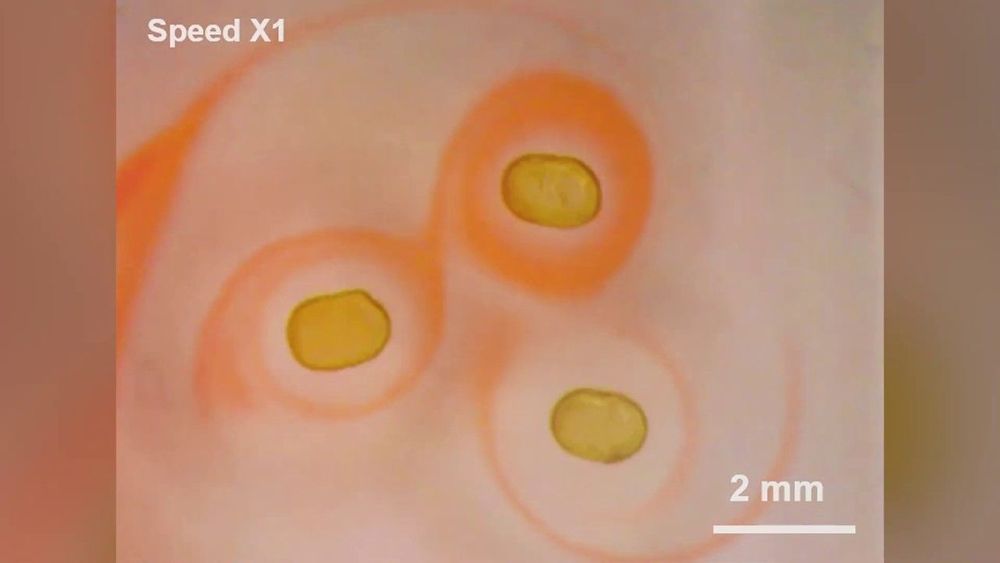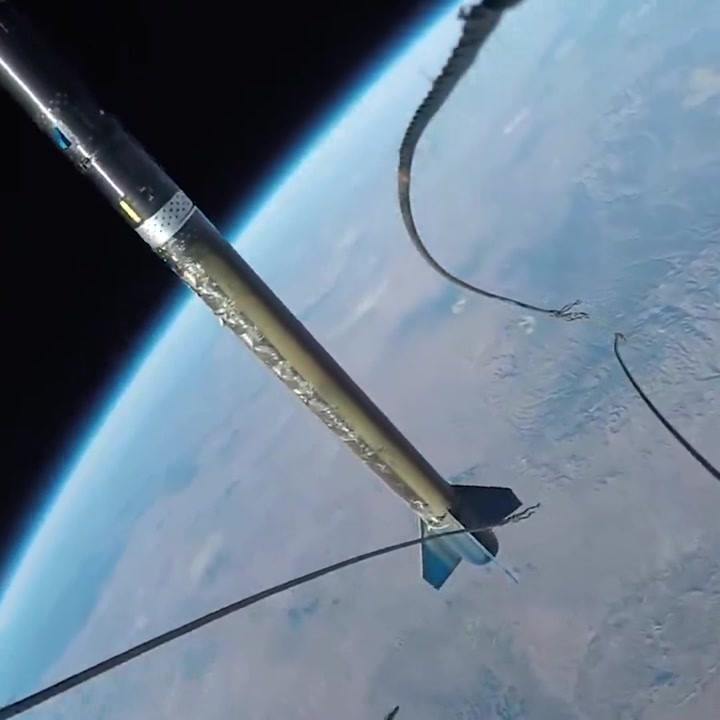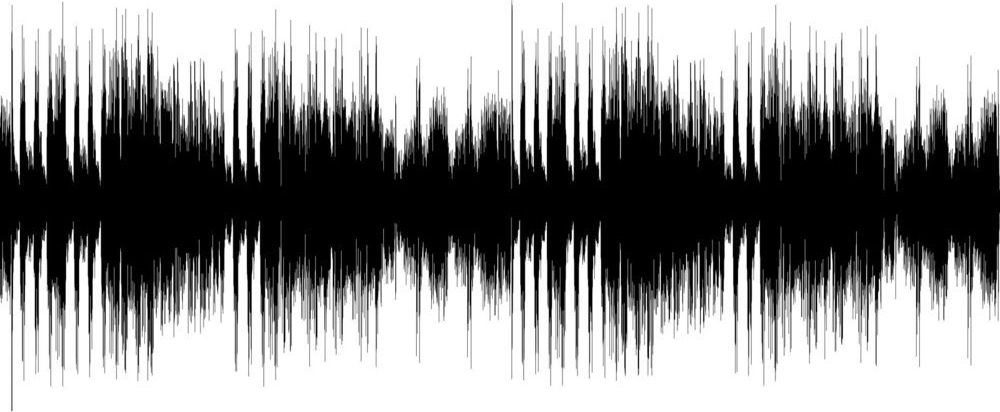Page 8507
Jul 19, 2019
@kriorus_eng • Instagram photos and videos
Posted by Paul Battista in category: futurism
Jul 19, 2019
‘Almost perfect’ hearing for deaf with new tech
Posted by Paul Battista in categories: biotech/medical, neuroscience
Dr. Wim Melis from the University of Greenwich is working on deconstructing and reconstructing audio signals with extremely high accuracy.
Audio is captured and, from there, converted into a spiking signal—the type the brain uses. This is then fed into the brain and reconstructed as a 90–100 percent replica of the original sound.
Current technologies, known as cochlear implants, only achieve a fraction of this. They do the work of damaged parts of the inner ear (cochlea) to provide sound signals to the brain, whereas hearing aids make sounds louder.
Jul 19, 2019
Scientists Print Magnetic Liquid Droplets
Posted by Paul Battista in categories: bioengineering, biotech/medical, robotics/AI

Scientists at Berkeley Lab have made a new material that is both liquid and magnetic, opening the door to a new area of science in magnetic soft matter. Their findings could lead to a revolutionary class of printable liquid devices for a variety of applications from artificial cells that deliver targeted cancer therapies to flexible liquid robots that can change their shape to adapt to their surroundings. (Video credit: Marilyn Chung/Berkeley Lab; footage of droplets courtesy of Xubo Liu and Tom Russell/Berkeley Lab)

Stunning payload separation footage of the UP Aerospace SL-10 rocket. One of the four payloads deployed was a test version of the Maraia Capsule, a concept that was to be used to provide the inexpensive and autonomous on-demand return of small science samples from the International Space Station. Credit: UP Aerospace.
Jul 19, 2019
Man with brain implant on Musk’s Neuralink: “I would play video games”
Posted by Richard Christophr Saragoza in categories: biotech/medical, education, life extension, neuroscience
The three-hour event was part marketing spectacle and part dry technical explainer. Musk and his team members described the brain-machine interface design they’re betting on, which will employ dozens of thin wires to collect signals in the brain, and which they want to try out on paralyzed people soon, so they can type with their minds. Their eventual aim is to connect those wires to a thought transmitter which tucks behind your ear like a hearing aid.
Well, it’s pretty cool. It seemed like maybe it will work the way they want down the road, but it probably doesn’t work that way now. A couple of years ago, when I heard he was working with a neural interface, I said I would be there in a heartbeat. I was joking, but it’s interesting to think about what I am going to do when I get explanted. I am coming up on my five years. Then the FDA says my implants may have to come out. Neuralink talked about longevity of the implant and also a large number of electrodes. I always say I wish they had put more electrodes into me.
Basically, the more electrodes you have, the more neurons you record from, so I would imagine higher-degree tasks would be easier. I am limited to thinking about my right arm and hand. I thought it would be good to have more control. I always want to play more video games.
Continue reading “Man with brain implant on Musk’s Neuralink: ‘I would play video games’” »
Jul 19, 2019
Man Uses A Drone Armed With Fireworks To Break Up A Loud Street Party
Posted by Shailesh Prasad in category: drones
Jul 19, 2019
This Food-Delivery Robot Wants to Share the Bike Lane
Posted by Shailesh Prasad in categories: food, robotics/AI
Refraction AI, founded by two researchers at the University of Michigan, joins a crowded field of self-driving delivery vehicles.
Jul 19, 2019
Brains scale better than CPUs. So Intel is building brains
Posted by Derick Lee in categories: computing, neuroscience
Pohoiki Beach appears to be step two of Intel’s process-architecture-optimization development model. Step three, a larger integration of Loihi chips to be called Pohoiki Springs, is scheduled to debut later this year. Neuromorphic design is still in a research phase, but this and similar projects from competitors such as IBM and Samsung should break ground for eventual commoditization and commercial use.
The new Pohoiki Beach builds on the 2017 success of Intel’s Loihi NPU.
















